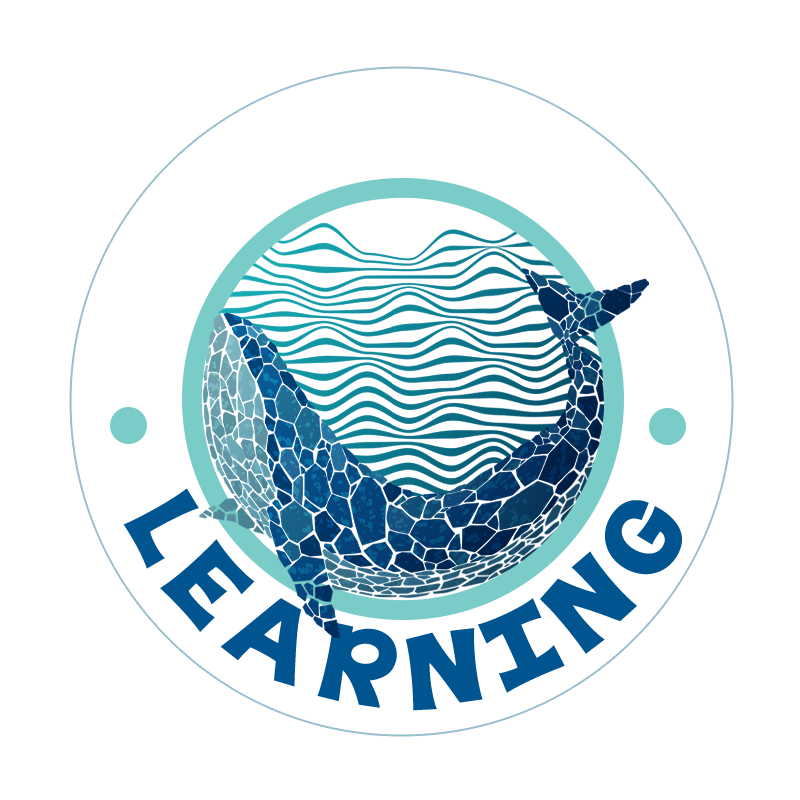
How Low Can You Go?
Some of the ocean’s creatures are under a lot of pressure. No, not because of pollution, or rising temperatures. Well, actually, of course those things too, but we’re talking about a different kind of pressure here: hydrostatic pressure.
The Mariana Trench is the deepest part of the ocean we’ve found so far. At the very bottom of this area, the pressure is up to 1100 atmospheres (the pressure at sea level is just one atmosphere). What kind of creature could possibly live at these depths, under that kind of pressure?
In addition to crustaceans, sea cucumbers, jellyfish, and tiny one-celled organisms, in 2017 scientists discovered the Mariana snailfish. It’s only about two inches long, and doesn’t even have scales, but it thrives in one of the most inhospitable ecosystems on Earth, swimming at depths up to 26,600 feet below the ocean’s surface.
But exactly how does it survive under such tremendous pressure? Most fish have swim bladders to help them stay buoyant, but at those depths, a swim bladder would be crushed like an empty soda can in a trash compactor!
Instead, the snailfish has a kind of gelatinous tissue under the skin and around the spine that not only helps with buoyancy, but scientists believe it also helps them swim by reducing drag. In order to test this theory, those same scientists scientists developed a robotic snailfish model to analyze how well this gelatinous tissue helped. The robot snailfish with the specialized tissue did swim faster than those without it.
In addition, deep sea creatures such as snail fish have a type of molecule called a piezolyte, which helps stabilize proteins against high hydrostatic pressure. Piezolytes also give creatures that have them a distinctly “fishy” smell. Many shallow-water fishes also have piezolytes, but not as much as those found at deeper levels.
But why live at those depths in the first place? As it turns out, at those depths, the snailfish can find plenty of the invertebrates they eat, with no other predators to compete with them. Sometimes, living under pressure can have big rewards.
Source:
- https://mackenziegerringer.wordpress.com/2018/01/03/gelatinous-tissues-and-robot-snailfish/
- https://royalsocietypublishing.org/doi/full/10.1098/rsos.171063
- https://theconversation.com/curious-kids-how-do-creatures-living-in-the-deep-sea-stay-alive-given-the-pressure-111940
- https://qz.com/1140433/the-deepest-fish-in-the-sea-is-much-more-successful-than-she-looks/
- https://www.newsweek.com/mariana-snailfish-deepest-fish-26000-sea-725544
Curriculum Reference Links
- Nature of Science / Understanding About Science / 1: Students should be able to appreciate how scientists work and how scientific ideas are modified over time
[wpc_button]

